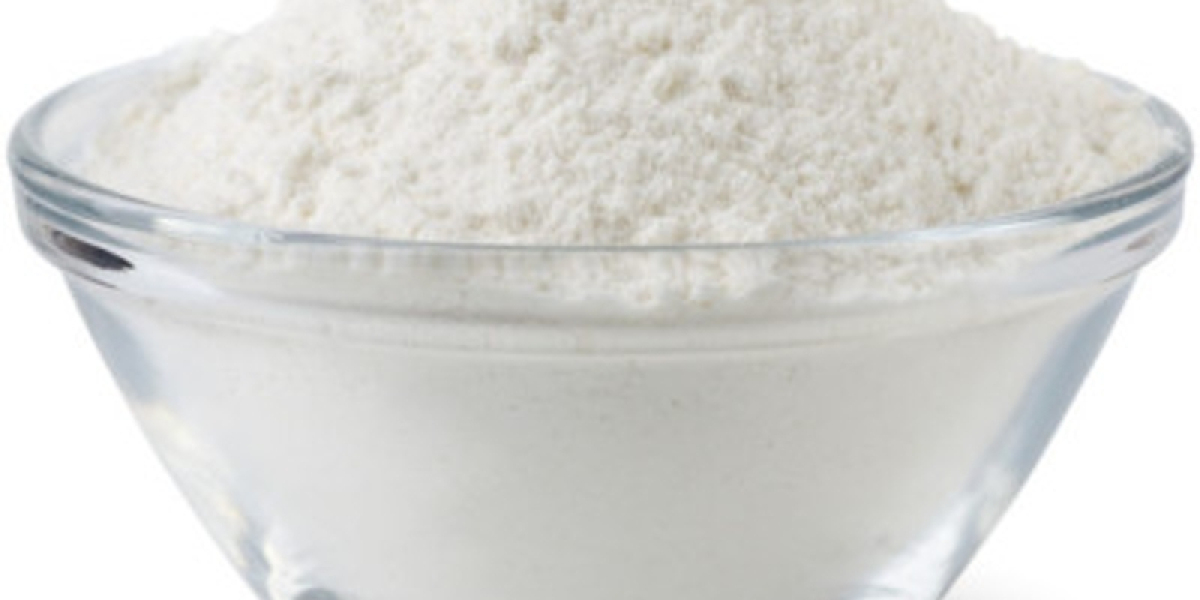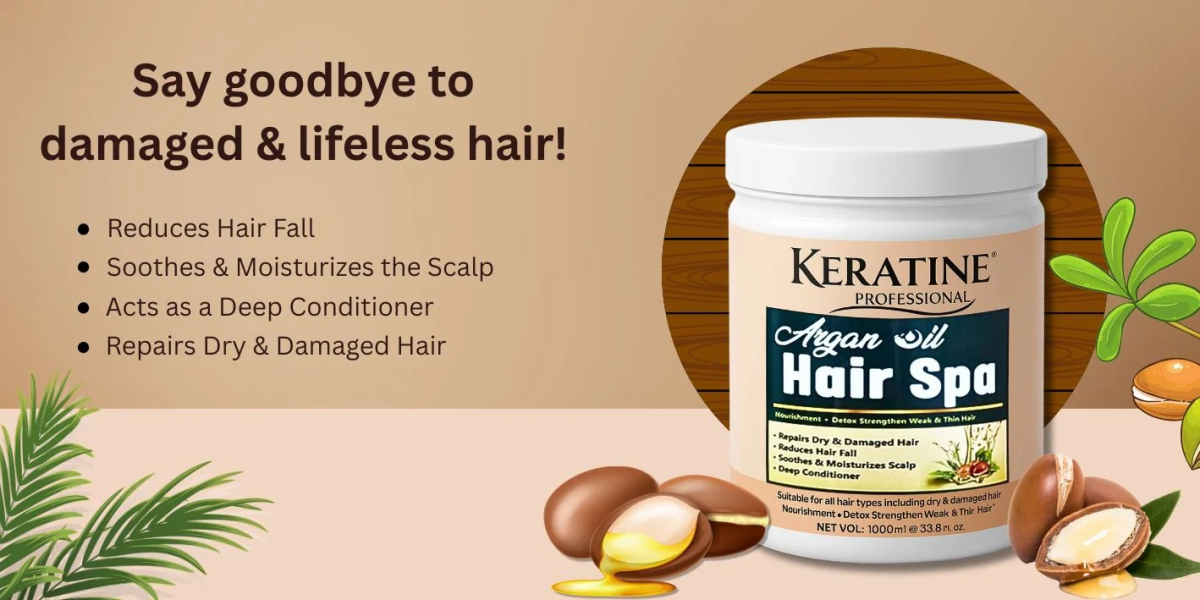surfactant supplier employ several strategies to ensure their products are environmentally friendly:
1. Using Biobased Feedstocks
- Many suppliers are shifting towards biobased feedstocks to replace traditional petrochemical sources. For example, Croda International and Clariant have developed processes to derive ethylene oxide from plant-based ethanol, resulting in 100% biobased surfactants. Croda’s Eco range and Clariant’s Vita-branded surfactants are notable examples.
- Barentz offers CalNEXT™ 126 Biosurfactant, a nonionic surfactant derived from renewable biomass feedstocks.
2. Adopting Sustainable Production Methods
- Suppliers are increasingly adopting sustainable production methods to reduce the environmental impact of surfactant manufacturing. For instance, Barentz’s CalNEXT™ 126 Biosurfactant is produced via sustainable methods and has a Renewable Carbon Index of 69.1.
- Henkel is working with BASF to produce surfactants using renewable feedstocks through the mass-balance approach, which helps in reducing the carbon footprint of their products.
3. Ensuring Biodegradability
- Many suppliers focus on developing surfactants that are readily biodegradable. For example, Calfoam® SLS-95, a vegetable-derived surfactant from Barentz, is listed on CleanGredients and is known for its excellent biodegradability and detergency properties.
- Flexisurf™ LDP, another product from Barentz, is a naturally derived amphoteric surfactant that is also readily biodegradable.
4. Implementing Certification Schemes
- To ensure the sustainability of their raw materials, suppliers often adopt certification schemes such as the International Sustainability and Carbon Certification (ISCC) System. This helps in tracing and certifying the sustainability of feedstocks like palm kernel oil.
- The ISCC PLUS scheme allows for the certification of additional environmental aspects, such as reduced greenhouse gas emissions and responsible water and energy use.
5. Reducing Harmful Substances
- Some suppliers are actively eliminating harmful substances from their products. For example, DIC Corporation has developed a line of PFAS-free surfactants (MEGAFACE EFS series) that deliver the same performance as conventional fluorinated surfactants while reducing environmental impact.
6. Circular Economy Practices
- Some companies are exploring circular economy practices, such as reusing waste streams in the production of surfactants. This approach helps in minimizing waste and reducing the overall environmental footprint.
7. Consumer Education and Transparency
- Suppliers are also focusing on educating consumers about the environmental benefits of their products. This includes providing clear information about the sustainability credentials of their surfactants and promoting eco-friendly usage practices.
By adopting these practices, surfactant supplier are not only meeting the growing demand for environmentally friendly products but also contributing to a more sustainable future.

















